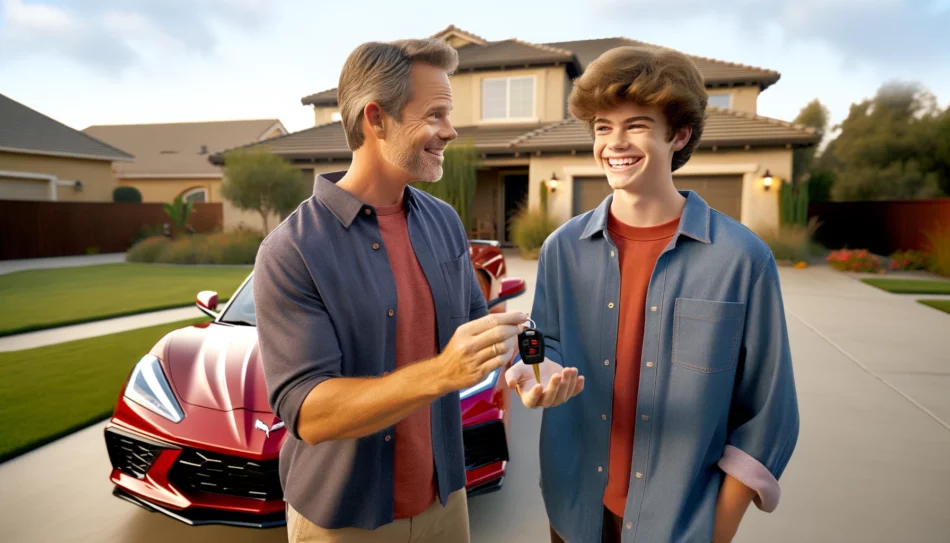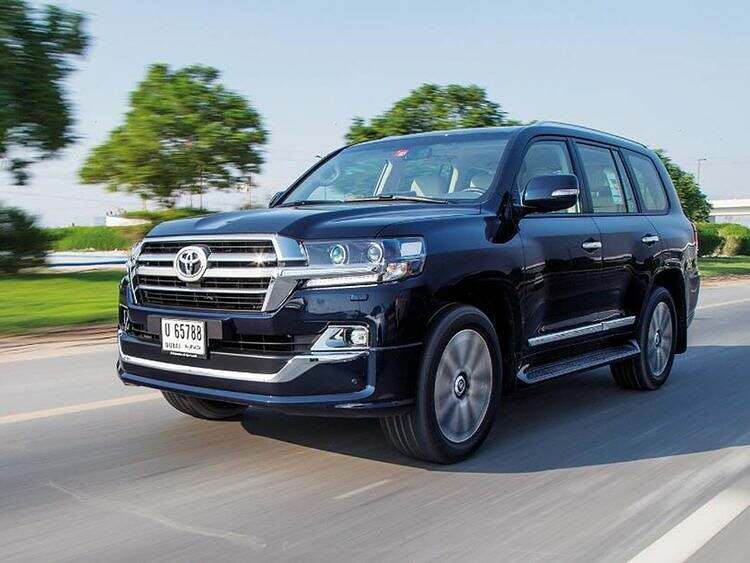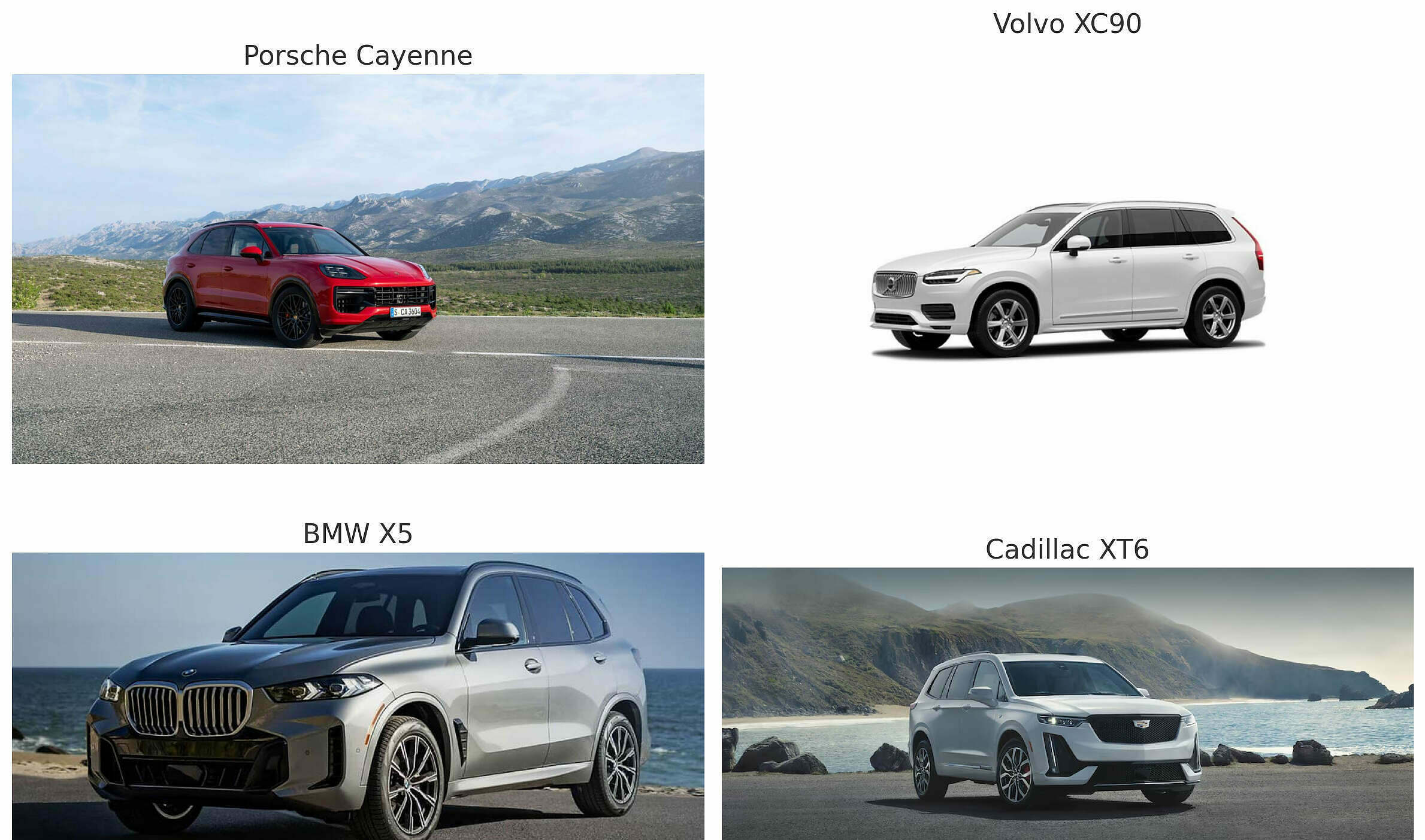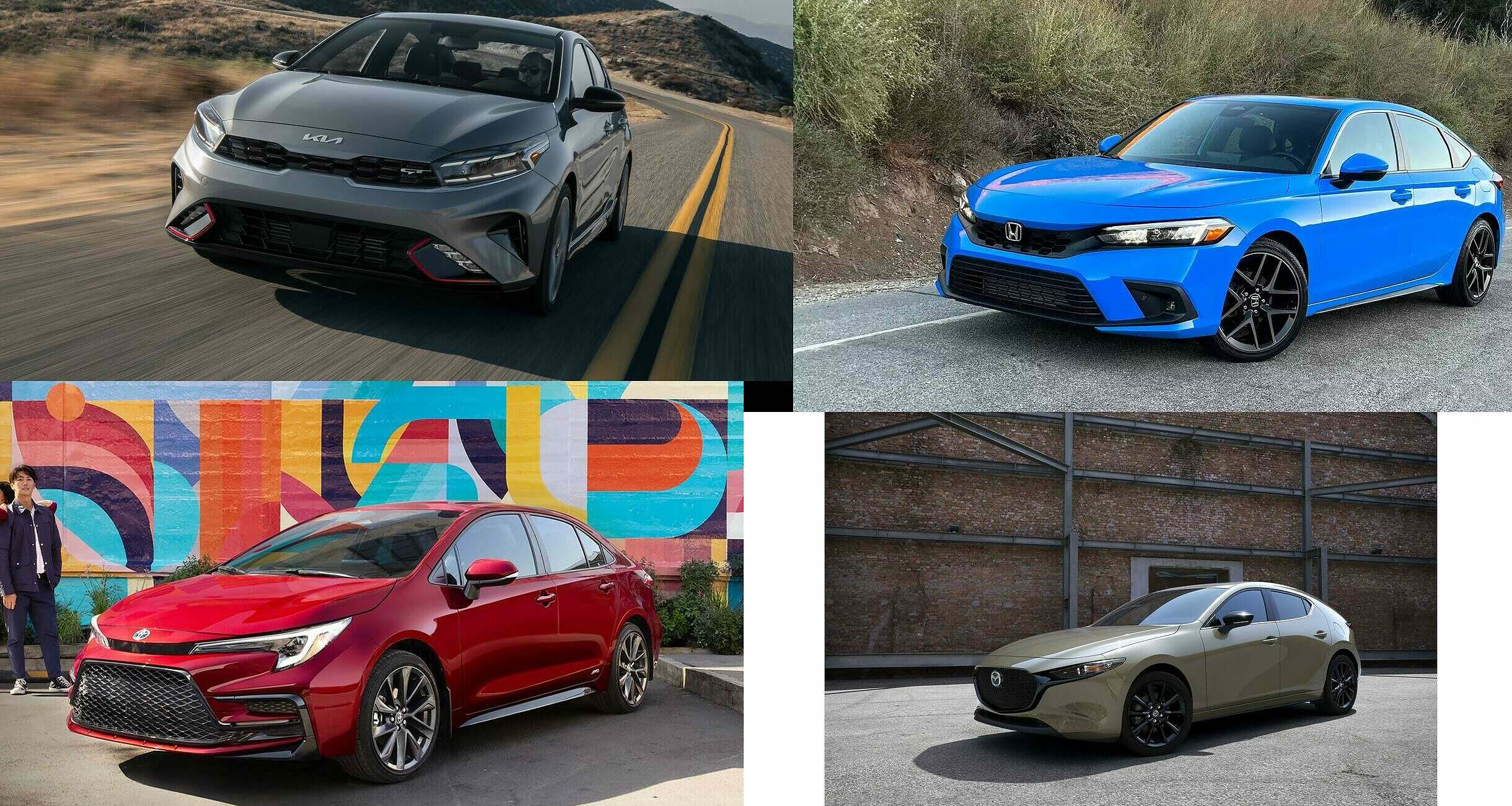In the United States, the legal age to obtain a full driver’s license typically ranges between 16 and 18 years, depending on the state’s specific regulations, according to Policy Genius. This variance accounts for different state laws regarding driving education, road safety standards, and teenage mobility needs.
A few rural states may have provisions allowing younger drivers to operate vehicles under certain conditions to accommodate farming needs or family responsibilities. Despite these variations, the process universally involves stages, starting from a learner’s permit, progressing to a provisional or intermediate license, and finally achieving a full driver’s license, each with its own age requirement and restrictions.
Can a person younger than 16 get a driver’s license?
There are exceptions to these general rules, particularly concerning the minimum age for obtaining a learner’s permit. In select states like Alaska, Arkansas, Iowa, Kansas, North Dakota, and South Dakota, individuals as young as 14 years old can apply for a learner’s permit.
It’s important to note that these permits come with significant limitations, such as mandatory supervised driving with an adult, restrictions on driving hours, and often a required period of incident-free driving before advancement to the next licensing level.
These provisions are designed to gradually introduce young drivers to the responsibilities and skills necessary for safe driving, emphasizing education and experience as critical components of road safety.



